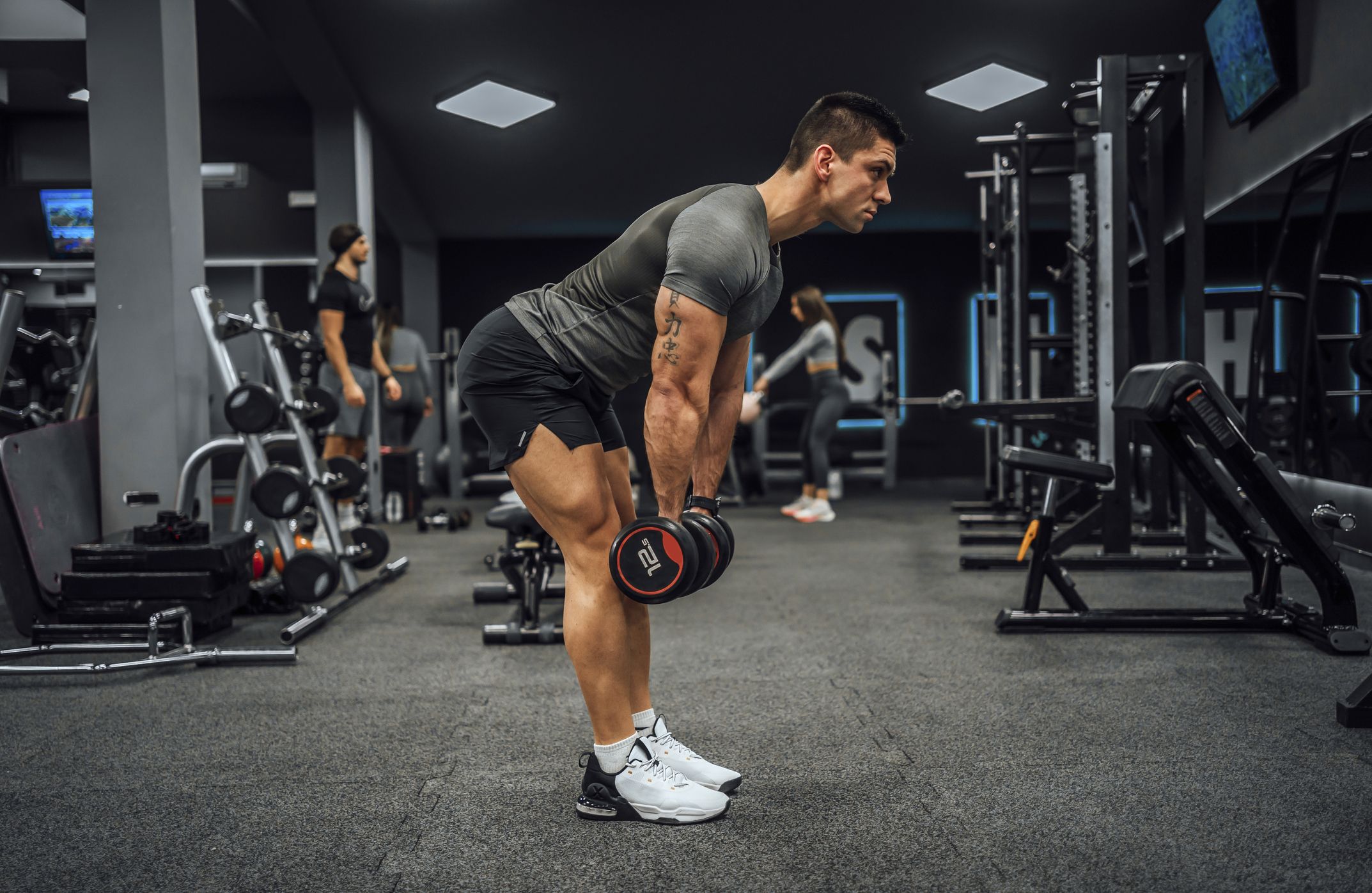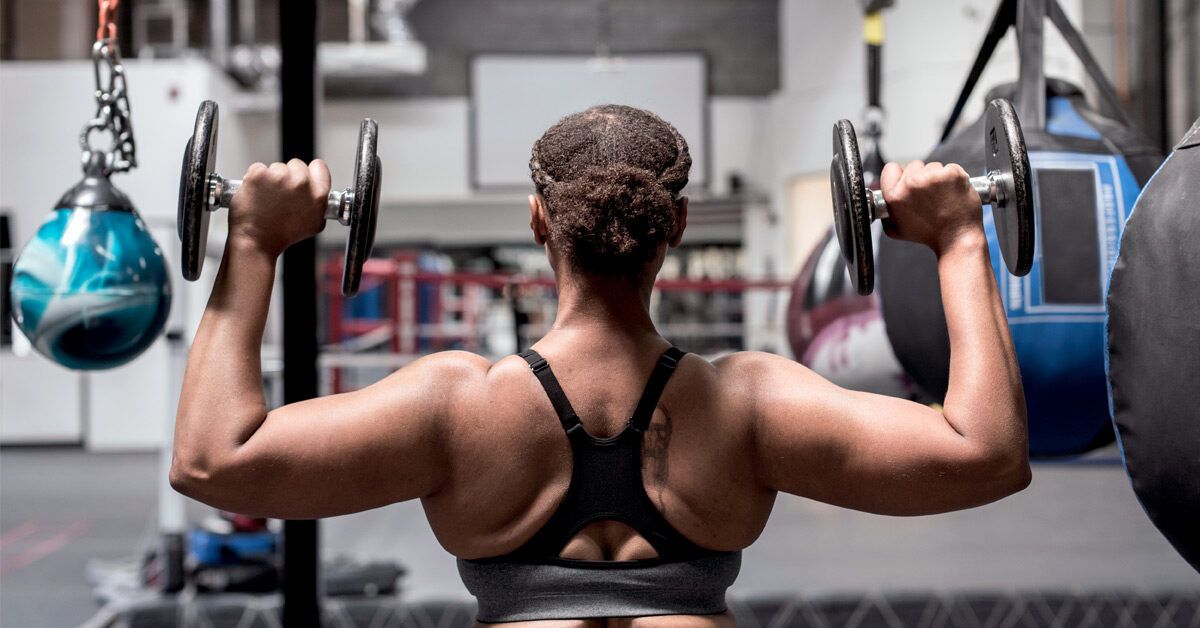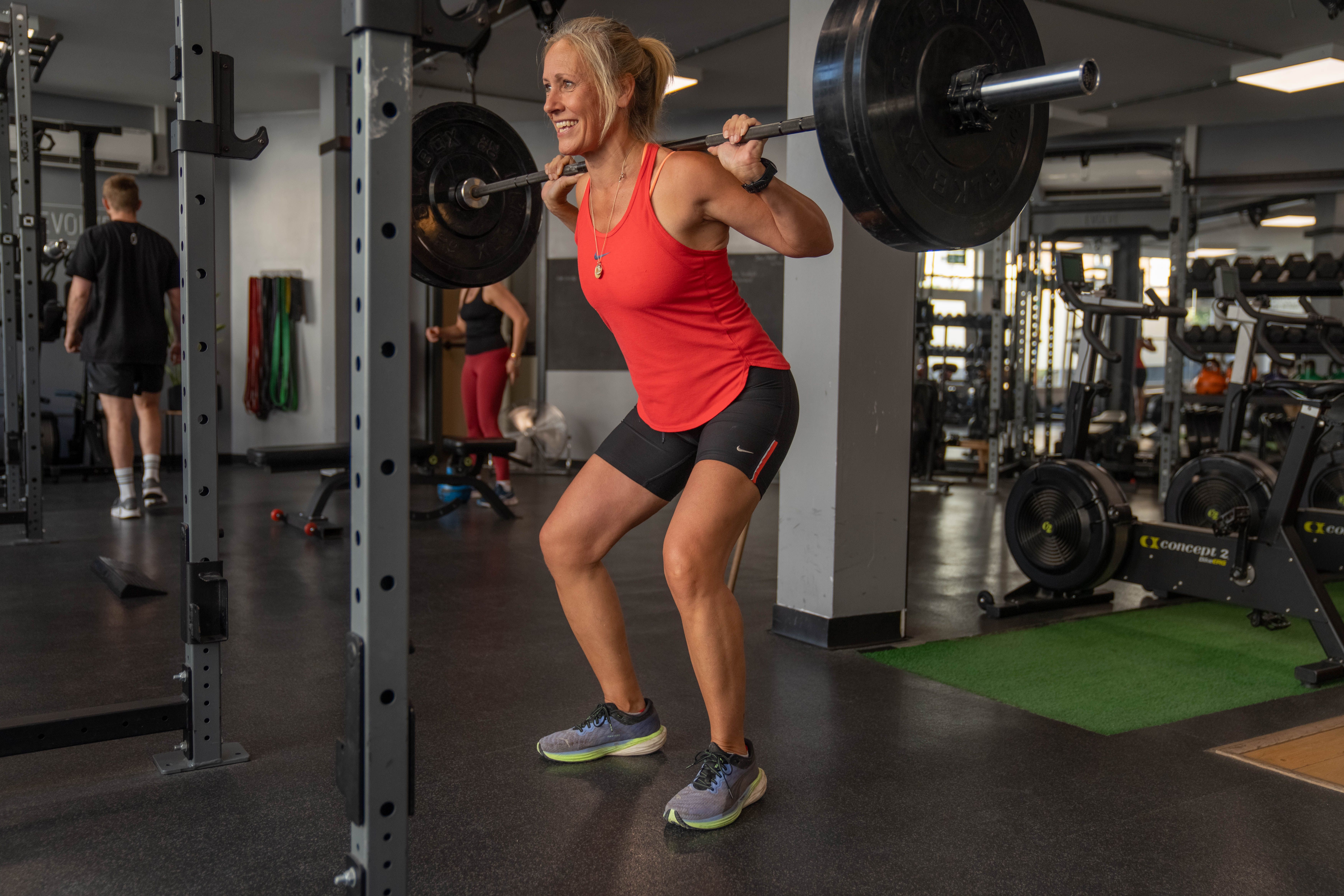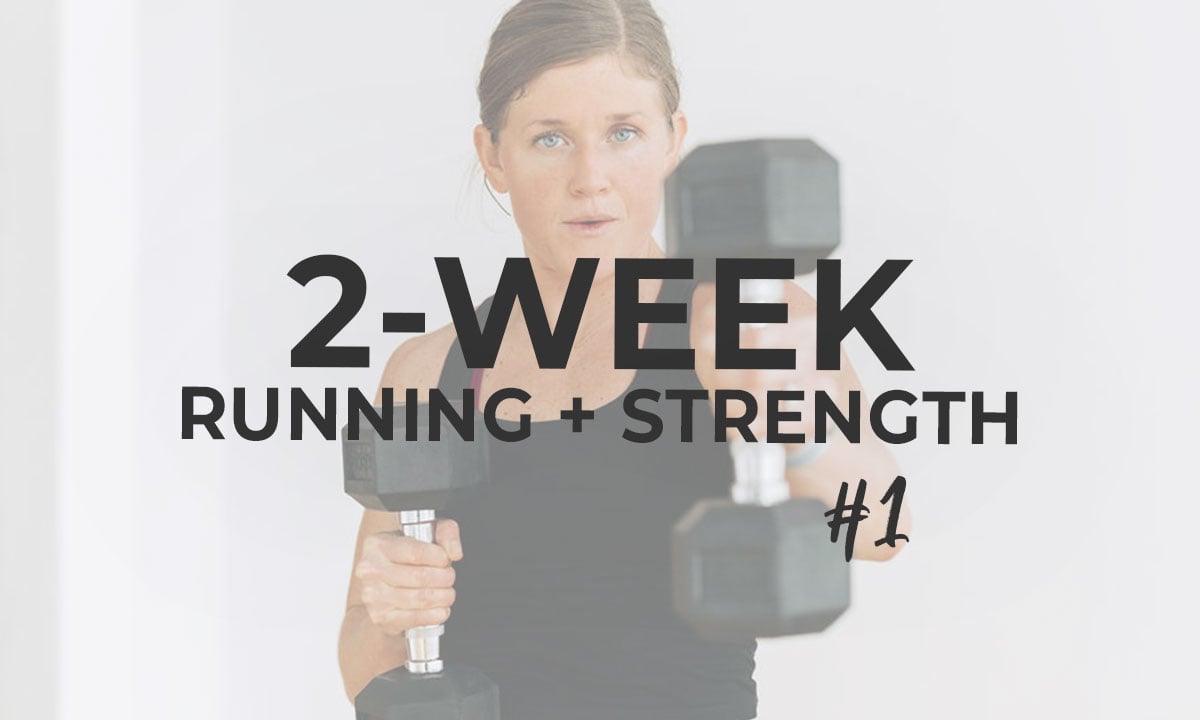Roads & PavementRoads & Pavement
Barefoot
Minimal
Low
Medium
High
Maximal
All around running shoes offer comfort and cushioning for daily runs, jogs, walks, and long mileage. They offer enough versatility for both faster and slower runs and are a great option for those who want one running shoe to do it all.
Fast run or uptempo running shoes are lightweight and responsive. They offer streamlined designs that have minimal uppers and offer a high level of energy return. These shoes are a great option for faster runs in the week or those looking for a livelier experience.
Max Cushion shoes offer premium cushioning with ample ground protection and a stable ride. These types of shoes provide abundant impact protection that softens landings while running at any pace or distance. These types of shoes are best for slower recovery runs and easy days where comfort takes priority.
Racing shoes are designed with optimal performance in mind. These types of shoes have snug-fitting uppers, energetic midsole foams, and features implemented for maximum efficiency. These types of shoes are best for runners looking to gain the ultimate advantage in races but may sacrifice some durability and comfort.
Gym Workout shoes offer a stable and versatile ride. They have a firmer underfoot feeling that provides stability for lateral movements with comfortable uppers. These types of shoes are best for trips to the gyms, cross training, casual wear, and light running. 15 Best Hamstring Exercises for Lower Body Leg Day Workouts
Road running shoes feature smooth outsoles that are designed for running on paved surfaces such as roads, sidewalks, and bike paths.
Designed to handle most trail runs, these shoes prioritize comfort and a smooth ride. These shoes are great for anything from smooth singletrack, park trails, and fireroads making them ideal for those who run from their doorstep on streets before hitting the trail.
These shoes are best used for hard, rugged trails such as shale, granite or sandstone where grip on smooth surfaces and underfoot protection are important.
Designed for use in muddy, soggy conditions, these shoes feature very aggressive outsoles that dig deep into soft ground for exceptional traction.
These shoes feature technical outsoles designed to grip snowy and icy trails making them ideal for winter trail running.
Cushioning level, or stack height, refers to how much shoe is between your foot and the ground. For this category, we reference the amount of cushioning below the forefoot as the heel height will be equal to or greater than the forefoot height.
Free Weights vs. Machines 8 Benefits Form Tips Weights and More
0-13mm. The Shoe generally does not have a midsole and feels like there is no cushioning. This shoe is all about feeling the ground underfoot.
14-18mm. The shoe has a thin midsole that allows for a natural running experience. Racing shoes and minimalist shoes are common here. These shoes offer a feeling of being connected to the road or trail.
19-23mm. The shoe has a slightly cushioned feel and may feature added cushioning technologies. Performance training shoes and some trail shoes are common here. These offer protection during footstrike but prioritize a lightweight, grounded experience.
24-28mm. These shoes have a stack height that fall near the middle of the spectrum.The shoes in this category are verstaile and great for all types of runs and distances.
29-34mm. The shoe has a thick midsole and ample cushioning. These shoes are highly protective and absorb more impact than the body.
35mm plus. The shoe has an extremely thick midsole and extra cushioning. The focus is on protection and soft foam underfoot with hardly any ground feel.
Neutral shoes support the foot through a normal range of arch collapse and generally do not have a built-in technology to correct movement.
Stability shoes are a great option for those who overpronate or need added support. These shoes help to limit the inward rolling motion of the ankle while running or walking and assist in guiding the foot straight through the gait cycle. Raworth on the Run Why I m raising the bar on strength training
Product Details:
How much strength training should you do per week top, How I Balance Weight Lifting and Running top, Should You Run on the Days You Lift Weights livestrong top, 14 Benefits of Strength Training Backed by Science top, 14 celebrities with chronic conditions top, Printable 12 Week Dumbbell Workout Plan for Beginners Free PDF top, How Weight Training Burns Fat The New York Times top, How to Run in the Morning Lift Later On livestrong top, A Strength Coach s Guide to Training Mobility for Olympic top, 10 best free weight exercises for your full body top, Athlete sprinter lifting weight a Royalty Free Stock Photo from top, How Many Reps Should You Do When Working Out top, FREE 2 Week Strength Running Workout Plan Nourish Move Love top, Raworth on the Run Why I m raising the bar on strength training top, Free Weights vs. Machines 8 Benefits Form Tips Weights and More top, 15 Best Hamstring Exercises for Lower Body Leg Day Workouts top, The Best Gym Cutting Workout Plans PureGym top, Weightlifting and Running Finding the Right Balance for You MBSF top, Strength training for runners Your need to know guide top, How to Combine Running and Weightlifting for Results TRE top, How to Balance Running Gym Workouts Common Mistakes to Avoid top, The Complete Guide To Weightlifting For Runners top, Cardio Vs. Weights Which Is Better for Your Health top, How to Start a Barbell Training Program top, 4 strength moves to give you a faster race finish top, Study Shows How to Best Combine Strength Training and Running top, Should I Run Before or After a Workout . Nike top, Weights vs. Cardio Keep Them Separate or Combine Scientific top, Cardio vs Weights Which Is Better For Fat Loss top, A 16 week strength training plan for marathon runners top, How Often You Should Work Out For Health Weight Loss And Muscle top, Cardio Vs. Weights Which Is Better for Your Health top, Cardio vs. Weight Lifting Training for Weight Loss top, Intermittent Fasting for Morning Workouts Exercise and Fasting top, Can Running Improve Weightlifting Performance P rehab top, Should You Do Cardio Before or After Lifting Weights for Workouts top, 6 Ways to Find a Workout Buddy top, How Strength Training Makes You Faster top, You Don t Have to Do Cardio for Weight Loss Resistance Training top, Finding The Right Workout Balance Lift Run Stretch Peanut top, How to Balance Running and Weightlifting Runstreet top, Can Weightlifting Help Your Running Speed top, Running Strength Training Workout Plan PureGym top, Runners stop lifting for endurance Canadian Running Magazine top, How to Combine Running and Weightlifting for Results TRE top, WEIGHT TRAINING RUNNING HOW TO BALANCE BOTH top, How to Combine Running and Weightlifting for Results TRE top, How to Combine Running and Weightlifting Hybrid Athletes top, How to Combine Running and Weightlifting Hybrid Athletes top, Strength Training for Runners Complete Programs and Plans top, Product Info:
Free run for weight lifting top.
- Increased inherent stability
- Smooth transitions
- All day comfort
Model Number: SKU#7301133





:max_bytes(150000):strip_icc()/Strength-training-sets-based-on-goals-1231231-ca194f1a2bb84d819666a9da1aff3338.jpg)